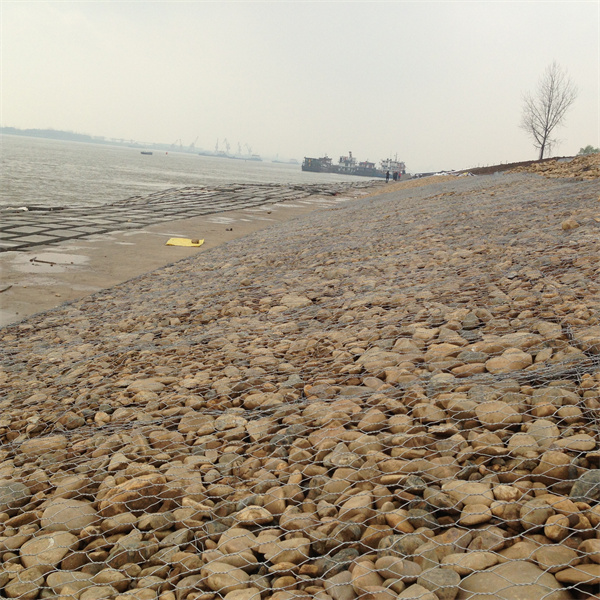aug . 08, 2024 02:25 Back to list
Innovative Solutions for Secure Gabion Binding with Helical Connectors in Landscape Design
The Importance of Gabion Helical Connectors in Modern Engineering
In the fields of civil engineering and landscape architecture, gabions have emerged as a popular choice for a variety of applications, including retaining walls, erosion control, and decorative elements. Gabions consist of wire mesh cages filled with stones or other materials, providing a strong and durable solution to soil and water management challenges. However, the effectiveness of gabion structures relies heavily on the proper connections between the individual units. This is where gabion helical connectors come into play.
Gabion helical connectors are specialized fasteners designed to securely connect gabion units together, enhancing the stability and integrity of the entire structure. Their unique helical shape allows for easy insertion into the mesh of the gabion cages, providing an efficient locking mechanism that holds the stones in place while accommodating natural soil movement and erosion forces. By using these connectors, engineers and builders can ensure that the gabion wall or structure will remain intact even under challenging conditions.
One of the key advantages of gabion helical connectors is their ability to distribute loads evenly across the connected units. When gabions are filled with heavy stones, the weight can create significant stress on the mesh and joints. Helical connectors effectively transfer this load, reducing the risk of deformation or failure in the structure. This feature is particularly beneficial in areas with high water flow or unstable soil conditions, where erosion can easily undermine standard construction methods.
Additionally, the installation of gabion helical connectors is designed to be straightforward and efficient. Unlike traditional fasteners that may require complex tools or extensive labor, helical connectors can be quickly inserted into the gabion mesh using basic equipment. This not only speeds up the construction process but also reduces labor costs—making gabions an even more attractive option for large-scale projects.
gabion helical connectors

Environmental considerations also play a significant role in the choice of gabion structures. The use of natural stone and materials promotes sustainability, while gabion helical connectors further enhance this ecological approach. By facilitating the construction of environmentally friendly solutions for erosion control and landscaping, these connectors help to protect local ecosystems from the negative effects of conventional building methods.
Furthermore, gabions equipped with helical connectors offer impressive flexibility in design. As architects and engineers seek innovative and aesthetically pleasing solutions, gabions can be shaped to fit specific project requirements. The ability to seamlessly connect various units using helical connectors means that designers can create unique patterns and structures that complement their surroundings while maintaining functional integrity.
In addition to their mechanical benefits, gabion helical connectors contribute to the overall safety of the structure. Ensuring that individual gabion units are securely fastened together minimizes the risk of collapse, especially in flood-prone areas where swift water currents can exert immense pressure on retaining walls. This safety aspect is crucial when designing infrastructure that protects communities from environmental threats.
In conclusion, gabion helical connectors represent a pivotal innovation in the field of modern engineering. Their ability to enhance the stability, efficiency, and safety of gabion structures makes them an indispensable component in a wide range of applications. As the demand for sustainable and resilient construction practices continues to rise, the versatility and effectiveness of gabion helical connectors will undoubtedly play a significant role in shaping the future of civil engineering and landscape architecture. By incorporating these advanced connectors, engineers and architects can create durable, functional, and environmentally friendly solutions that stand the test of time.
-
The Role of Galvanized Gabion Mesh in Riverbank Protection
NewsJun.26,2025
-
The Role of Gabion Basket Raised Bed in Sustainable Gardening
NewsJun.26,2025
-
Quality Assurance of Wire Mesh Gabion Baskets
NewsJun.26,2025
-
Installation Guide for Welded Gabion Box
NewsJun.26,2025
-
How to Choose the Right Gabion Box
NewsJun.26,2025
-
Different Types of Gabion Wire Mesh
NewsJun.26,2025
-
Why PVC Coated Gabion Mattress Is the Best Solution for Long-Term Erosion Control
NewsMay.23,2025






